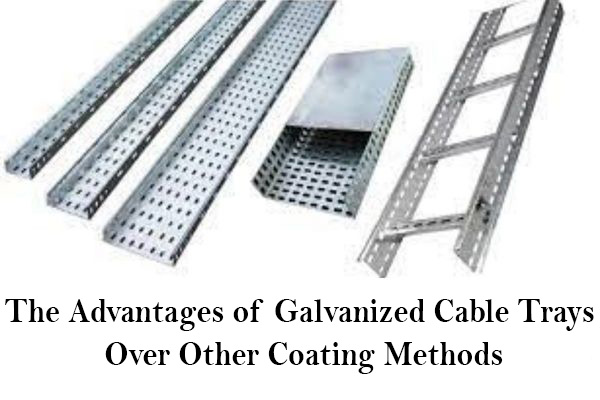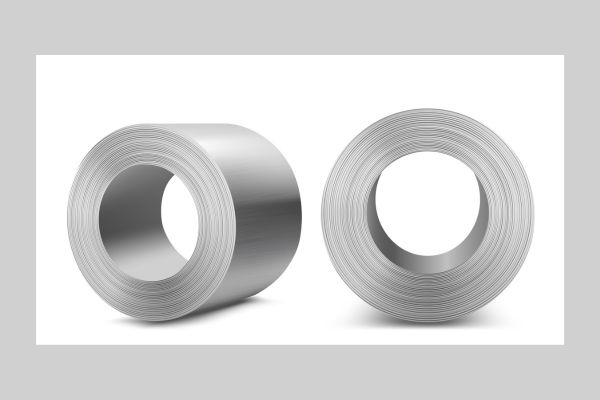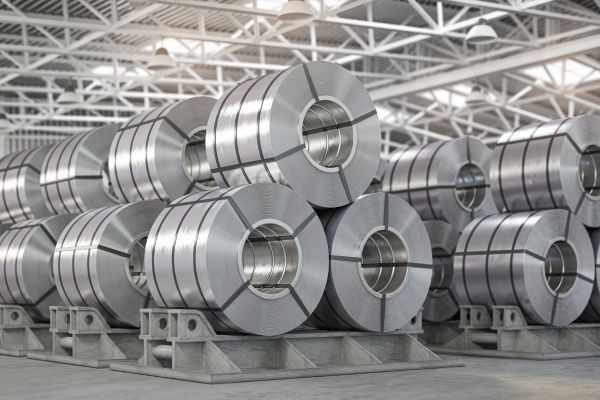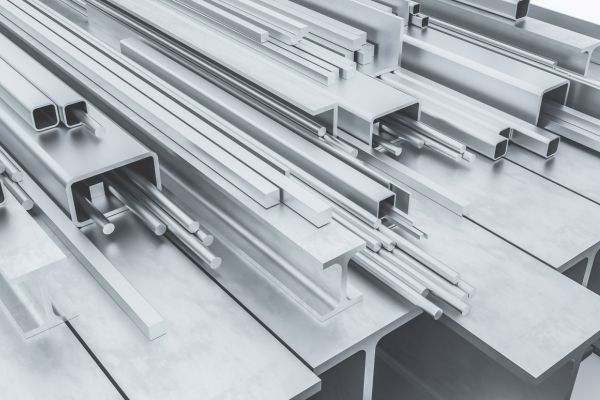Galvanization is a proven method that provides adequate and reasonable protection to the cable trays and materials used during construction. The galvanization process means an additional coating of hot zinc material, which helps offer healthier usage durability.
Today, this blog discusses the advantages of galvanization on cable trays over other coating methods.
Advantages of Galvanized Cable Trays
Corrosion Resistance:
Hot-dip zinc coating plays an exceptional role in cable trays, which provides corrosion resistance to the trays. It is a process that adds a protection shield over the trays, ensuring that they withstand any environmental conditions, including high moisture, chemicals, and highly high-temperature exposure.
Durability:
Undertaking the galvanization process means investing in a long-term investment that provides long-lasting solutions for galvanized steel. Further, the maintenance and replacement of the trays are reduced to a great extent because of the galvanization process of the steel material, which provides extensive durability.
Strength:
Galvanized trays are engineered with the help of solid steel, which adds strength to the product, helping them support heavy cable loads and stand up high with mechanical stress. Hence, the strength of the overall steel increases due to proper galvanization of cable trays.
Environmental Friendliness:
Considering the environmental aspect, galvanization is a boom to the industry. The only reason for it is because the complete process is eco-friendly, which has less impact on the environment, less consumption of energy, and negligible waste. Also, the best part of the process is that it is the material that can be recycled and aligned with perfect sustainable goals.
Easy Installation:
Galvanized cable trays are easy to install with less human resources and less time. The overall process gets simplified for significant industries managing cables in industrial settings or commercial buildings. The comprehensive solutions provided are easy to adopt and worth considering.
Versatility:
The galvanized cable trays are used and suitable for various applications. It means it is used in power distribution, data centres, manufacturing, industrial, and so on. Hence, these trays are versatile and have significant usage.
Closing:
Tanya Galvanization is the leading name in the market to help clients provide galvanization work for all types of cable trays. Compared to other methods, galvanization is proven to have the advantages mentioned above. Feel free to contact us for further details.









